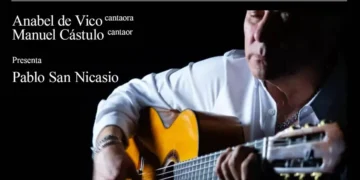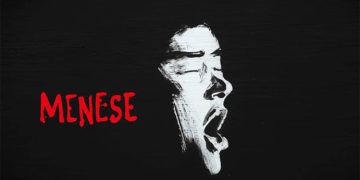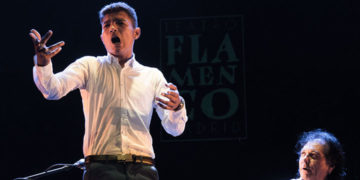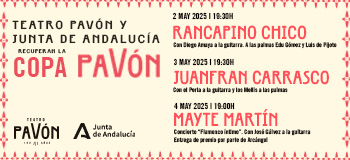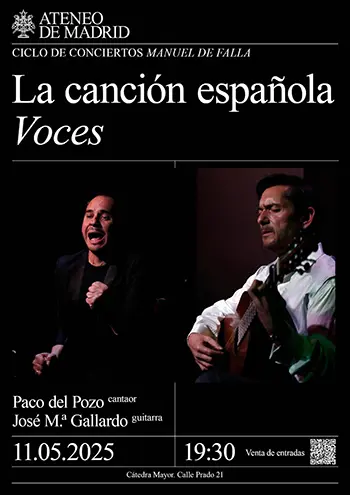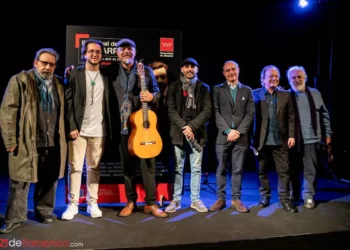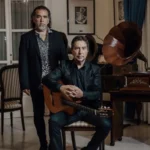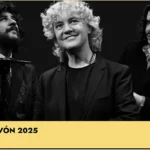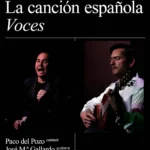|
José Menese
August 19, 2010. Jardines de Sabatini – Madrid
José Menese y Laura Vital: cante. Text: Pablo San Nicasio Ramos FACING OFF AND PASSING THE BATON The promise of orthodox flamenco finally came to the Veranos de la Villa. With José Menese’s recital, the Mairenist vein was given its rightful place, and along the way we were able to take a reading of one of the great maestros of cante who added interest by inviting young hopeful Laura Vital to share the stage with him. It wasn’t a bad program, which is why, despite the cold, traditionalists came out en masse. The audience was supportive from the very first moment, showing their gratitude that Menese, in pain and with his arm in a sling as a result of a recent mishap, had not doubted for a moment in keeping his date with “the city that has given him so much”. Other performers with lesser injuries are out of sight for a month, but the old maestro didn’t even consider taking time off. With the entire group on stage from the beginning, the show was a give and take between the most traditional gypsy sounds ever to come from a non-gypsy, and the strength of Laura Vital. She is a singer who had already performed throughout the country, and on this occasion she seemed to be assuming the role of main singer in Madrid. Under the title “Yunque y Sal”, the idea was to alternate the hard, orthodox serene cante of Menese, with Vital’s rhythmic festive offering. Which suited Menese perfectly, and thus we were able to enjoy both approaches. Although a bit irregular, the recital never lost its flamenco flavor, and there was plenty for flamenco fans to grab onto. The two guitarists were brilliant. The force and technique of Antonio Carrión contrasted with the flamenco sound and touch of Eduardo Rebollar. The dancing of Inmaculada Ortega, worthy substitute for La Talegona, was important with her mantón in petenera, and with outstanding grace in alegrías. A very complete dancer we’d like to see more of around here. José Menese is showing his age, but as happens with maestros, he’s better in the short spurts. Excessive with nanas, his voice rose to the occasion of the petenera, and reached the heights with taranta and soleá. The finishing cante of siguiriya had moments that made us recall the ubiquitous singer of thirty years ago. Quite a treat for people just starting out. Between Menese and Menese, the tidbits of Laura Vital offered more strength than grace. With a voice between rough and foggy, the girl from Sanlúcar seemed to be feeling good, not fazed by the stage or pressures or the category of the company she was in. Tangos, malagueña, bulerías and alegrías was the repertoire offered. We were shown an orthodox singer, with technique and communicative power, but without complexes.. For the closing fiesta finale, there was some switching of roles. Carrión got singing, his daughter Concha displayed a respectable bit of dance and even Ortega added her bit of singing. A well-studied epilogue to close a recital that was much enjoyed by flamenco fans of the traditional vein. In the end, the label “guest artist” fell short and Laura Vital’s role was as vital as her lineage. A generational passing in an authentic facing-off. As if there had been no sling. |






